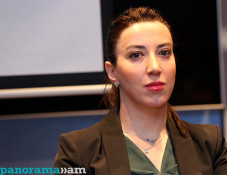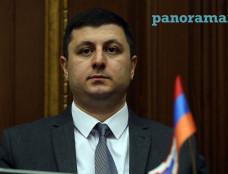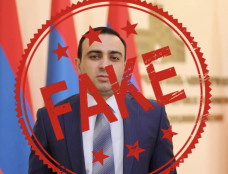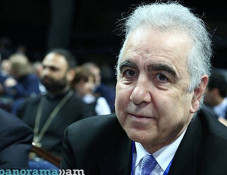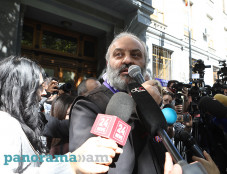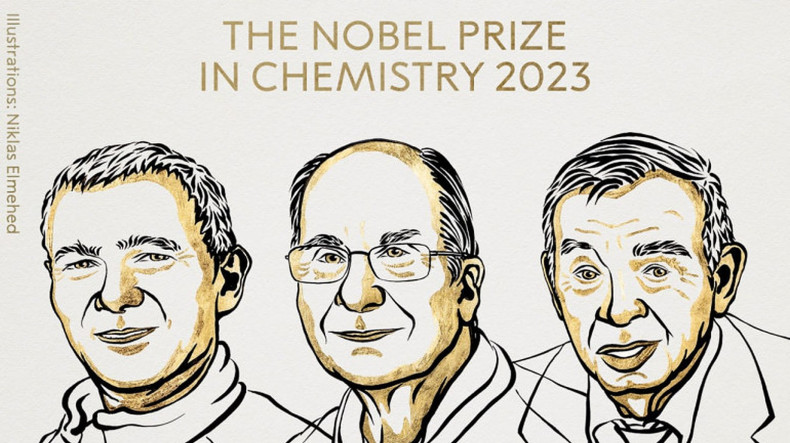
Nobel Prize in chemistry goes to 3 scientists
Three scientists based in the U.S. won the Nobel Prize in chemistry Wednesday for their work on quantum dots — tiny particles just a few atoms in diameter that can release very bright colored light and whose applications in every day life include electronics and medical imaging, AP reported.
Moungi Bawendi, of MIT; Louis Brus, of Columbia University; and Alexei Ekimov, of Nanocrystals Technology Inc., were honored for their work with the particles that “have unique properties and now spread their light from television screens and LED lamps,” according to the Royal Swedish Academy of Sciences, which announced the award in Stockholm.
“They catalyze chemical reactions and their clear light can illuminate tumor tissue for a surgeon,” the academy said.
Quantum dots' electrons have constrained movement, which affects how they absorb and release visible light, allowing for very bright colors.
The dots are nanoparticles that glow blue, red, or green when illuminated or exposed to light. The color they emit depends on the size of the particles. Larger dots shine red, and smaller dots shine blue. The color change is due to how electrons act differently in more or less confined spaces.
While physicists had predicted these color-change properties as early as the 1930s, creating quantum dots of specific controlled sizes was not possible in the lab for another five decades.
In a highly unusual leak, Swedish media reported the names of the winners before the prize was announced.
Ekimov, 78, and Brus, 80, are early pioneers of the technology recognized Wednesday, while Bawendi, 62, is credited with revolutionizing the production of quantum dots “resulting in almost perfect particles. This high quality was necessary for them to be utilized in applications,” the academy said.
Newsfeed
Videos







